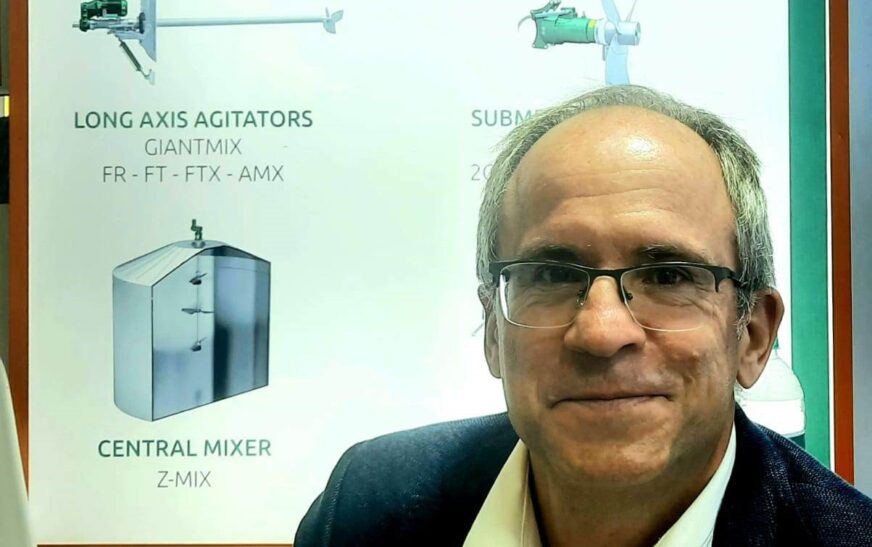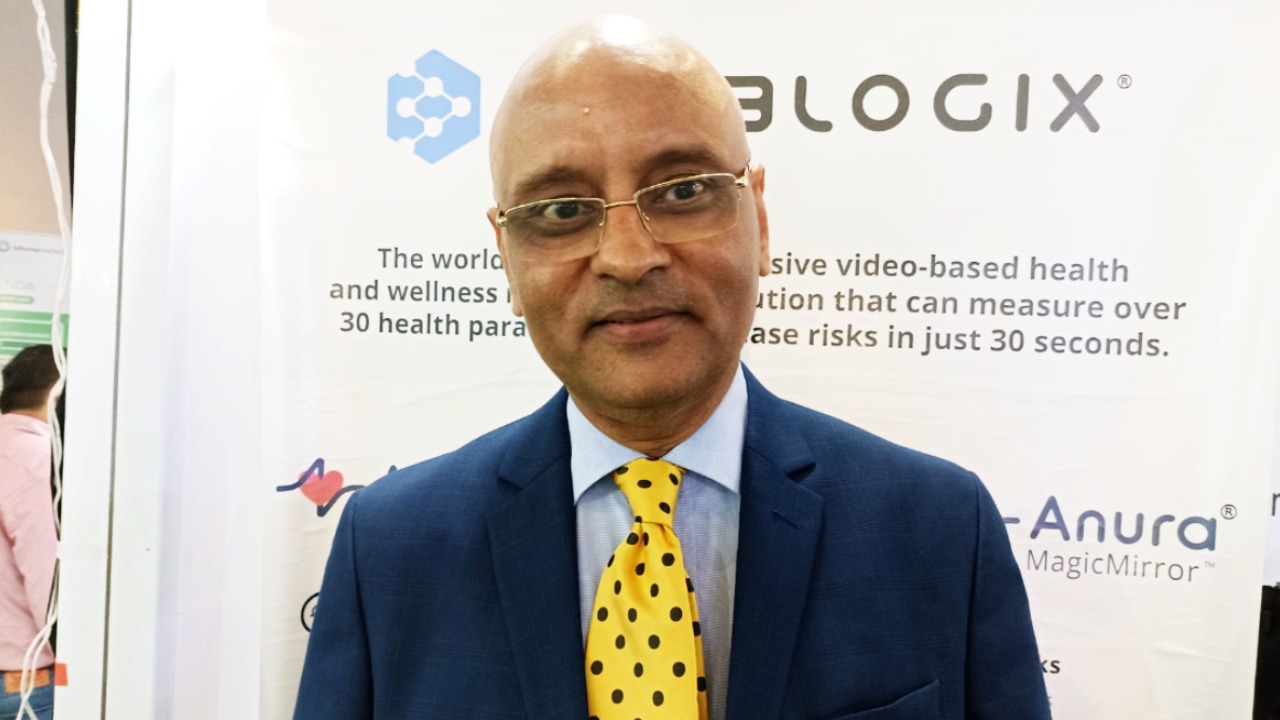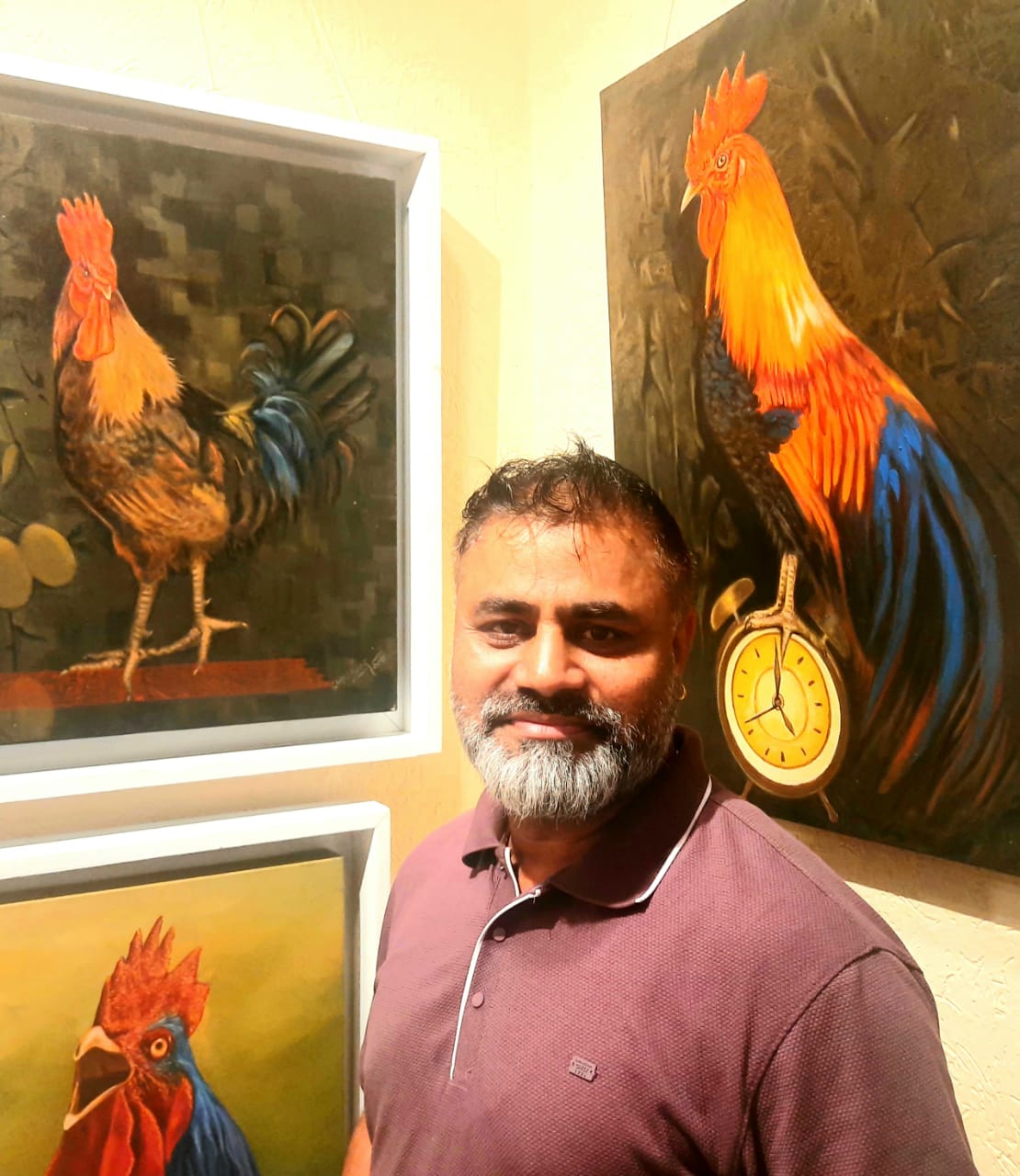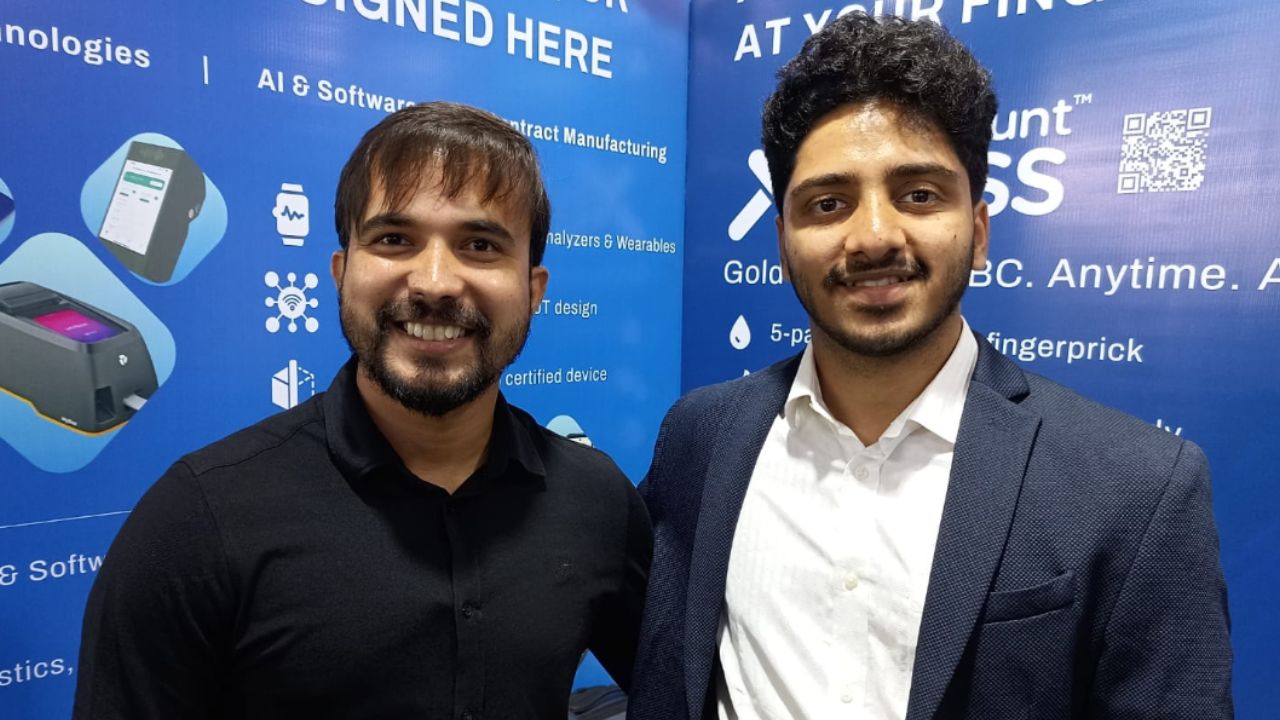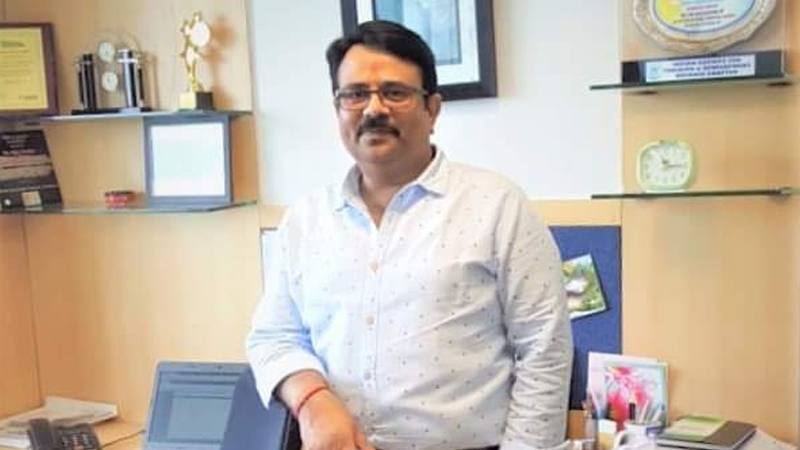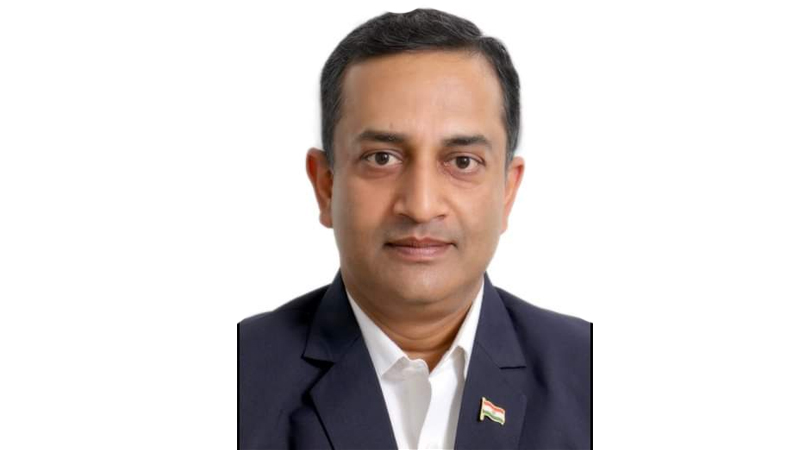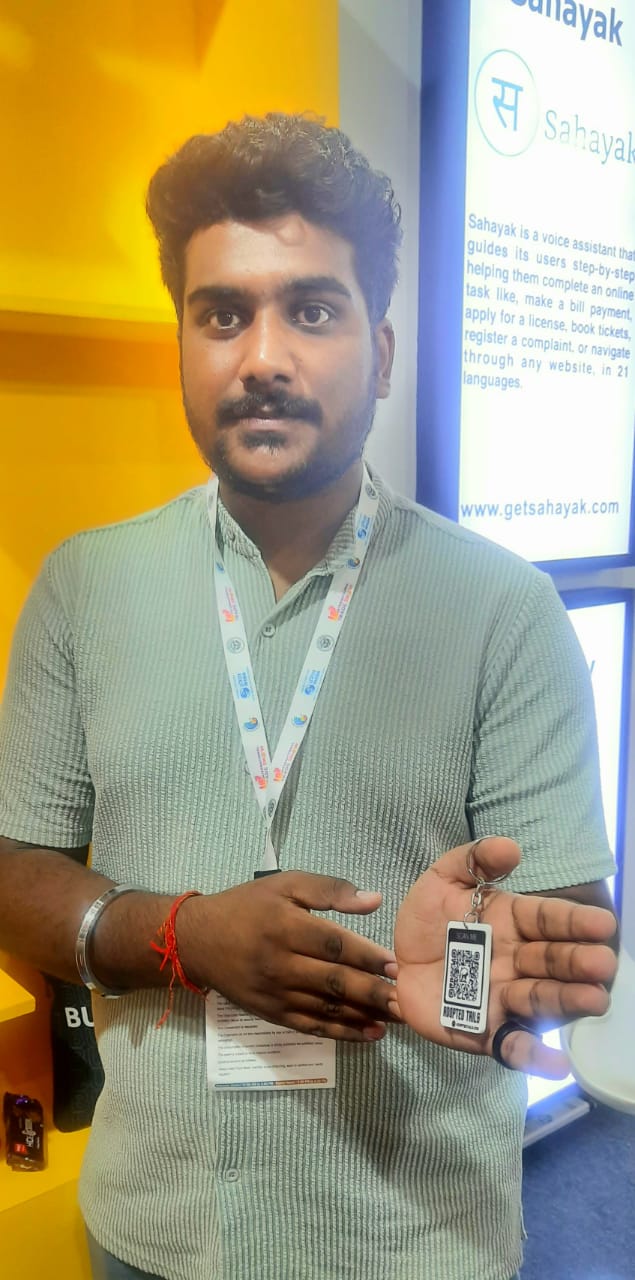Since 1957, SUMA has been a leading specialist in manufacturing agitators for biogas, liquid manure, and wastewater. With over six decades of expertise, the company offers a comprehensive range of pumps that seamlessly integrate with their agitators, delivering efficient and cost-effective solutions for industries focused on environmental sustainability. This dedication to quality, advanced technology, and customized solutions firmly positions SUMA as a leader in the renewable energy sector.
Built on the core principles of high performance, durability, and exceptional customer service, SUMA’s reputation extends beyond Europe. It has earned global recognition for its sophisticated and reliable technology. As an independent company free from external shareholders, SUMA prioritizes its customers’ needs and continuously drives innovation with customer centricity.
SUMA’s commitment goes beyond financial success; it is deeply rooted in environmental responsibility. The company recognizes the importance of working in harmony with nature, using eco-friendly materials and production processes that conserve resources. For SUMA, sustainable practices and advanced technological solutions are inseparable. They enable them to support farmers, plant operators, and industries worldwide in building a more sustainable future.
In an exclusive interaction with The Interview World, Helge Kopczak, Sales Director of SUMA Rührtechnik GmbH, highlights the company’s flagship products for the renewable energy sector, explores the vast bioenergy potential in the Indian market, and offers insights into the cost efficiency and longevity of their products. Below are the key takeaways from this insightful conversation.
Q: Can you provide a detailed overview of SUMA’s product lines specifically tailored for the renewable energy sector?
A: SUMA, a German company, has been a key player in the renewable energy sector for 65 years. With over 30 years of specialized involvement in the biogas industry, SUMA leads the agitator technology space. Germany, a global leader in renewable energy, is home to 10,000 biogas plants, and across Europe, that number rises to 20,000. With three decades of experience in this sector, we are confident that SUMA stands as the largest manufacturer of agitators for biogas applications.
Our portfolio includes a diverse range of agitator technologies tailored for various needs. We offer submersible agitators, long-shaft models with external motors, and vertical agitators, ensuring we can effectively manage all types of biogas applications.
From its inception, SUMA has operated with a global outlook. As a family-owned business with 150 employees, our founders have consistently explored international markets. For over 10 years, we have been active in China since the early stages of biogas development, and we have expanded our presence in South America. We also maintain a hub in North America and have been active in India for over five years, where the market has shown significant growth, particularly in the last two years.
One of the most significant challenges we face in India is managing the 100% pedestal substrate, a unique issue not yet fully solved anywhere in the world. European companies, including ours, view this as a considerable challenge, as it requires precise pre-treatment. Proper moisture content in the fibers and accurate cutting techniques are crucial to minimize wear and tear from silicates present in the fibers. Additionally, effective mixing in the digester is critical to ensure optimal gas release, bacteria feeding, and overall performance.
Q: Given the Indian government’s strong focus on bioenergy development, particularly under Prime Minister Modi’s administration over the last decade, what opportunities do you see emerging in the Indian bioenergy market?
A: Since last year, the market has surged significantly, creating unprecedented opportunities for us. India now represents the largest potential market in the world, with plans to build 5,000 biogas plants. In comparison, the U.S. market, the second largest, is planning for only 50 to 100 plants annually, making it far smaller in scale. The potential in India is immense.
However, the key question is the long-term sustainability of this market. While the current boom is promising, the success of the Engineering, Procurement, and Construction (EPC) companies will determine the future. They need to demonstrate that their concepts and plants are functioning as intended. If successful, this could lead to further market expansion. But the biggest risk lies in the fact that no plant is currently operating at its optimal capacity. Over the next year, EPCs must prove they can achieve the target of 10 tons per day in gas output to maintain momentum and meet these ambitious goals.
Another challenge facing the industry in India is the limitation of feedstock. If the pedestal substrate proves insufficient, alternative feedstocks will need to be considered. Although different feedstocks are available, this presents a potential future obstacle for the industry.
As for SUMA’s products, our agitators are crucial in various applications, particularly in mixing gaseous, liquid, and solid-liquid combinations within digesters. This versatility allows our technology to adapt to the evolving demands of the biogas industry.
Q: What is the typical life expectancy of agitators in the context of India’s biogas production environment?
A: We expect that with proper servicing, our agitators can achieve a lifespan of 5 to 10 years. It is essential to minimize the running time as much as possible, which also helps reduce energy consumption. By following these guidelines, you can maximize the efficiency and extend the operational life of the agitators to up to 10 years.
Q: Your products feature robust and unified designs. Could you provide details on the pricing structure for your various products?
A: The pricing of our products depends on the size of the application. As you may know, these products are manufactured in Europe, which makes them significantly different from Indian prices. Since we import them to India, they fall within the higher price range in the Indian market. However, they remain competitive with other European brands available in the region.
Q: Once the entire ecosystem is established, how much energy could it generate for the Indian market, and what percentage of the market’s energy demand would this meet?
A: The plan is to build 5,000 biogas plants, each designed to generate between 5 to 10 tons of compressed biogas per day. While I don’t have specific figures on the overall market percentage, the primary objective extends beyond energy production. We aim to establish a decentralized energy supply that provides farmers with an additional source of income.
This approach addresses significant environmental issues, such as the burning of paddy straw in India. By converting waste into energy, farmers receive local fertilizers, effectively closing the loop in the agricultural system. Additionally, they can profit from selling the generated biogas. Moreover, this initiative has far-reaching social and environmental impacts. The travel costs associated with energy are minimal, as we promote a local-for-local energy solution. This is the core concept driving our efforts.


